What Causes Black Mould
Black mould is an especially serious strain of mould that has the potential to grow anywhere if it has the right conditions. It is known to have dangerous consequences under prolonged exposure, especially if it is widespread.
In this blog, we will answer the question ‘What causes black mould?’
With new buildings being made to be as energy efficient as possible, and the UK aiming for 95% of its electricity usage to be low carbon by 2030, it is imperative to understand how we can make the most of our ventilation. This is where ventilation units come in.
To prevent mould, fresh air should constantly be introduced into your dwelling daily, as it helps to regulate temperature and reduce condensation. Introducing fresh air can be as simple as having a ventilation routine, or installing extractors or MVHR units. Almost all of this is facilitated by ducting.
At I-Sells, all things ventilation and ducting related is our speciality, and we are here to answer the questions we know are common for those new to HVAC and what it encompasses.
Is black mould the only kind of mould?
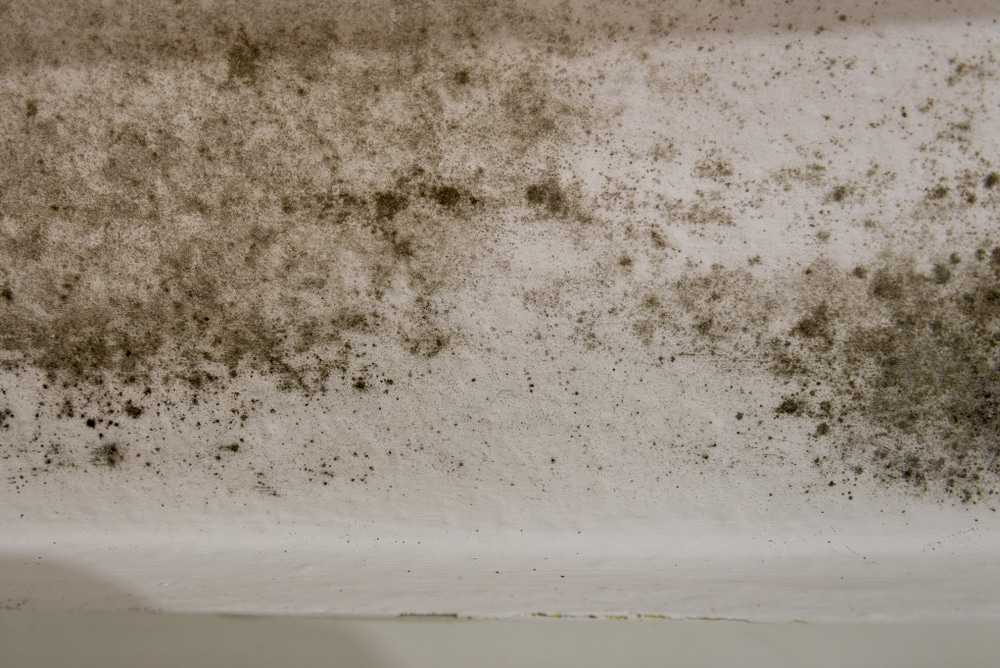
No, black mould is not the only type of mould. In fact, there are hundreds, even thousands, of different mould species. Below is a brief explanation on what can indicate different kinds of mould.
- Mould Variety: Mould comes in a wide variety of colours, including black, green, white, orange, and even blue. The colour itself isn’t necessarily a reliable indicator of the type of mould or the health risks it poses.
- Black Mould Not Always the Worst: While some strains of black mould can produce harmful toxins, many black mould varieties are relatively harmless. Similarly, mould of other colours can also range from harmless to potentially hazardous.
- Focus on Identifying the Source: The key concern with mould is not necessarily the colour, but the presence of mould itself. Mould indicates moisture issues that can damage your home and potentially create health problems. It’s important to identify and address the source of moisture to prevent mould growth, regardless of the specific mould variety.
- Importance of Proper Identification: If you suspect mould growth in your home, having it professionally inspected and identified can be beneficial. A professional can assess the type of mould, the potential health risks, and recommend the appropriate course of action for removal and remediation.
What health issues can black mould cause?
The health effects of black mould, are a subject of ongoing debate and research. While some people believe it can cause a variety of serious health problems, the evidence is not entirely conclusive. Here’s what we currently know:
- Potential Respiratory Issues: Black mould exposure can irritate the respiratory system, causing symptoms like coughing, sneezing, congestion, and wheezing. People with allergies or asthma might be more susceptible to these irritations.
- Limited Evidence for Severe Illness: There’s limited scientific evidence to definitively link black mould exposure to severe health problems like memory loss, pulmonary haemorrhage (bleeding in the lungs), or even death.
- Focus on Moisture Issues: Regardless of the specific mould type, its presence indicates moisture issues in your home. These moisture issues themselves can contribute to various health issues, including respiratory issues and the growth of other allergens or irritants.
- Mould Spores and Allergic Reactions: Inhaling mould spores can trigger allergic reactions in some people, causing symptoms like itchy eyes, runny nose, or skin irritation.
- Weakened Immune Systems: People with weakened immune systems might be more at risk of developing infections due to mould exposure.
What causes black mould?
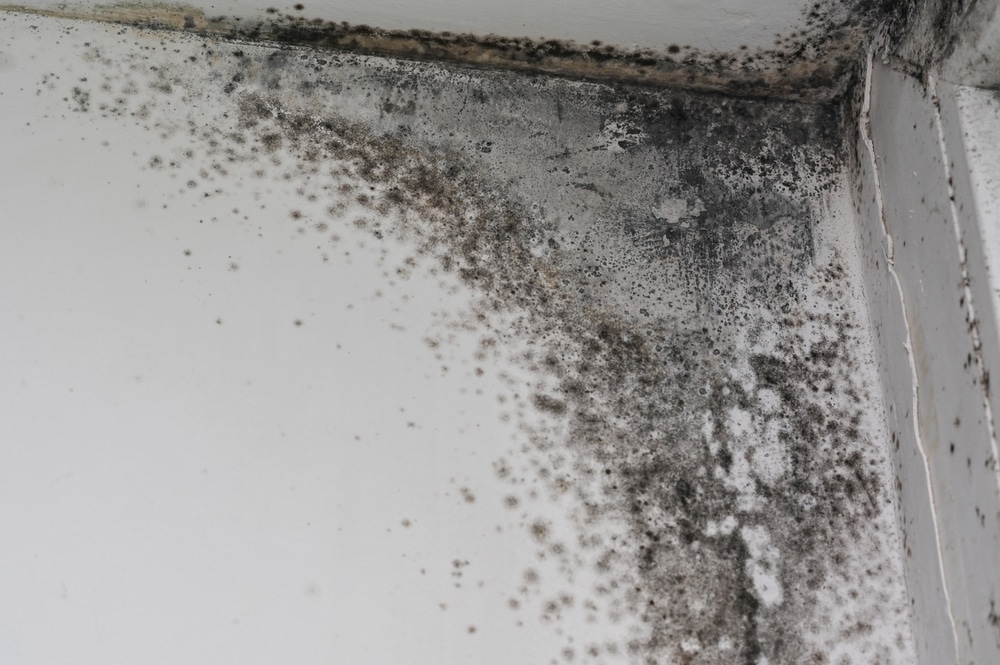
Black mould, also known as Stachybotrys chartarum, thrives in damp environments with a food source. Here’s how your home can create the perfect storm for this unwelcome guest.
Hidden moisture is key. Leaks in pipes, taps, or even roofs can introduce moisture behind walls, under floors, or in ceilings. These hidden culprits can dampen areas without causing obvious signs of poor ventilation, allowing mould to flourish out of sight.
Condensation lurks on cold surfaces. Even with good airflow, condensation can form on cold surfaces throughout your house. This is especially true in cold weather or humid climates. Places like poorly insulated pipes, basement walls, and windows can become breeding grounds for condensation and subsequent mould growth.
Previously damp materials become havens. Building materials that were once exposed to excessive moisture, whether from leaks, flooding, or improper drying during construction, can harbour moisture even if the source has vanished. This residual dampness can be enough to sustain mould growth.
Persistent high humidity creates an opportunity. While ventilation helps control humidity, even average airflow might allow high humidity levels to persist. This, combined with cool surfaces or readily available organic material (like dust or wood), can create an environment ripe for mould spores to take root.
Black mould can thrive on various organic materials, including wood, drywall, carpet, and even dust. By controlling moisture levels and addressing potential sources of dampness, you can significantly reduce the risk of black mould taking hold in your home.
What is the best way to remove mould permanently?
Removing mould permanently requires the right approach, depending on the size and location of the infestation. Here’s a breakdown of DIY methods and professional remediation:
Tackling Small Mold Issues Yourself
For small mould patches on surfaces like tile, glass, or metal, a DIY approach might be suitable. Remember safety first! Wear gloves, a respirator, and goggles to avoid inhaling mould spores.
Mix a solution of warm water and dish soap, or use a commercial mould remover following the manufacturer’s instructions. Scrub the mouldy area with the solution using a stiff brush, then rinse thoroughly with clean water.
Finally, allow the area to dry completely. Fans or dehumidifiers can speed up drying to prevent mould from coming back. For better results, consider using a mould surface cleaner.
Important Considerations for DIY mould removal
DIY methods only work for very minor mould problems on non-porous surfaces. If the mould covers a larger area, affects porous materials like drywall, or you have any health concerns, professional help is crucial.
Large infestations or those on porous surfaces can release a significant number of spores, posing health risks. In these cases, professionals can remove the mould safely and effectively.
When do I Call Professionals?
Professional mould remediation is the best course of action for larger infestations, on porous materials, or if you have health concerns. Professionals have the expertise, equipment, and experience to safely remove mould, including hidden mould behind walls or ceilings.
They can also use containment techniques to minimize the spread of spores during removal and identify the underlying moisture problem that caused the mould growth in the first place, preventing it from recurring.
Signs You Need a Professional:
- The mould covers more than a square foot of surface area.
- The mould is located on porous materials like drywall, wood, or carpet.
- You have a weakened immune system, allergies, or respiratory difficulties and suspect mould growth.
- You’re unsure about the type of mould or the extent of the infestation.
Eliminate black mould from your home
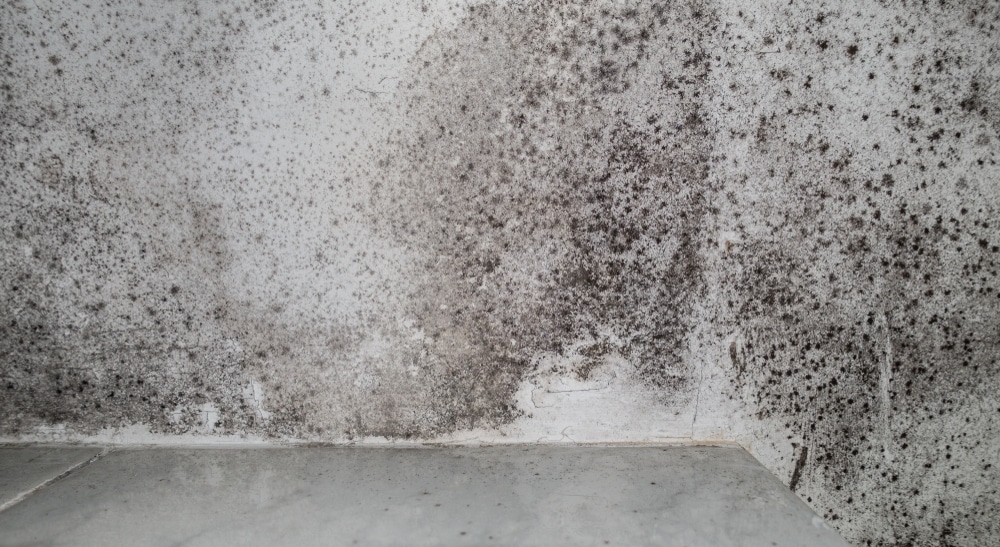
At I-Sells, all things ventilation and ducting related is our speciality, we are here to answer the questions we know are common for those new to HVAC and what it encompasses.
We at I-Sells endeavour to ensure our customers have all the information they require before investing in our mould solutions. Be sure to visit our blog page to learn about the vast array of factors and issues surrounding ventilation, mould, condensation, and much more.
Within this blog, we hope to have answered the question ‘What causes black mould?’
We understand you may have more questions, do not hesitate to contact us for more information about whatever you need our help with. If you’d like to email us, click here. For other contact options, see below:
Call us on 020 8463 9696
Visit us at our showroom:
*OPENING TIMES*
Monday – Friday: 8:00 am to 5:30 pm
Saturday: 9:00 am to 12:00 pm
Sunday: Closed
15 St John’s Parade
Sidcup, Kent
DA14 6ES
United Kingdom

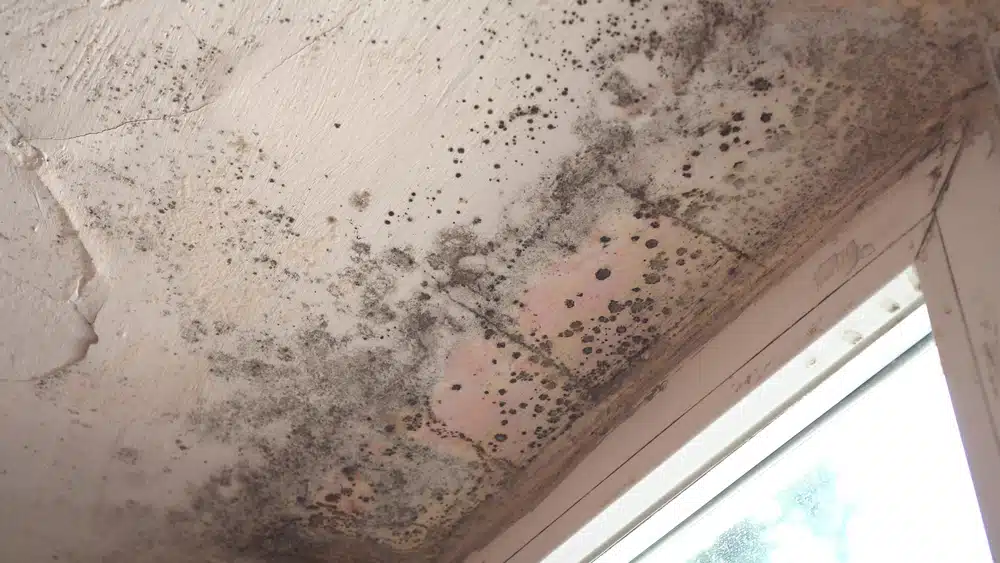
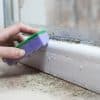


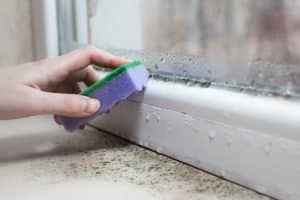
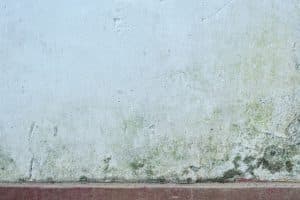




















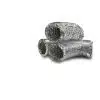

Add comment
You must be logged in to post a comment.